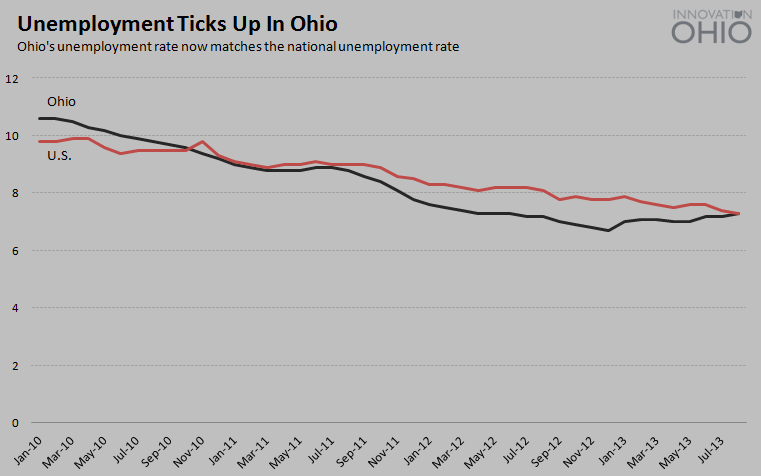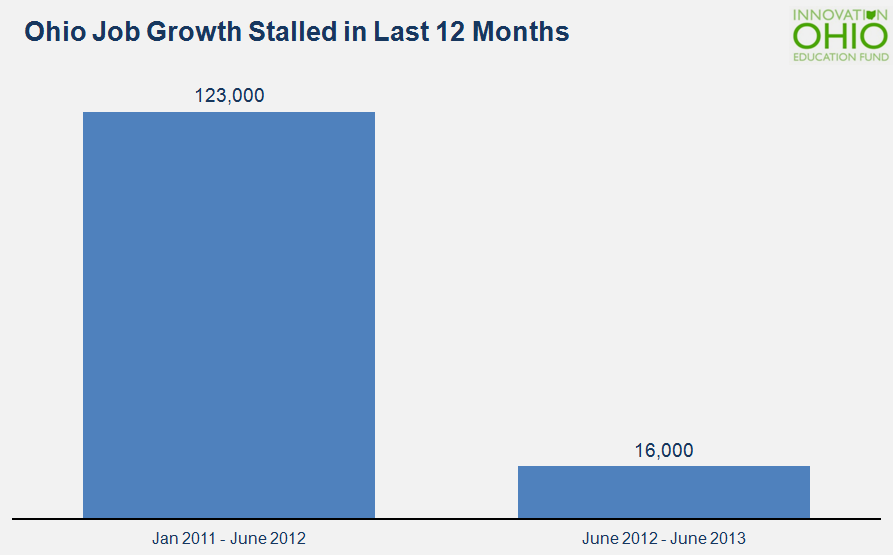New Report: Mike DeWine’s Overtime Pay Cut Costs Ohio Workers $42 Million Each Year
Lost Overtime Pay Protections Affect 327,000 Ohioans
FOR IMMEDIATE RELEASE: September 14, 2018 Columbus, OH — Researchers from the National Employment Law Project Action Fund (NELP Action) and Innovation Ohio released a new report today that enumerates the wages lost by Ohio workers as a result of Ohio Attorney General Mike DeWine blocking a federal overtime pay expansion. Overtime pay cuts have cost 327,000 Ohioans $42 million a year in badly-needed higher pay.
The report is available online here. It includes county by county breakdowns of how many local workers are impacted.
“Wall Street and CEO pay are booming but paychecks for working Ohioans haven’t budged. Restoring overtime pay is one of the concrete things we can do to boost middle class incomes – but Mike DeWine made it worse by blocking this badly needed raise,” said Paul Sonn, director of NELP Action and the report’s author.
The report details how Ohio’s next governor and legislature can deliver this long delayed overtime raise as leaders in other states are doing. It includes county by county breakdowns of how many local workers are impacted.
“It’s basic fairness – you should get paid for the hours that you work. But Attorney General Mike DeWine’s lawsuit is keeping 327,000 Ohioans from getting the pay they deserve,” said Innovation Ohio President Janetta King. “It’s imperative that Ohio’s next governor work with the legislature to reverse this setback and ensure that hardworking Ohioans are paid for the work they do.”
NELP Action and Innovation Ohio also released a new video based on the report.
In 2016, the U.S. Labor Department updated federal overtime standards for the first time since 2004 to restore overtime coverage for more middle class workers. But Ohio Attorney General Mike DeWine joined with other states and filed a lawsuit that blocked the overtime expansion. The Trump Labor Department is now holding listening sessions as it develops a weaker, replacement proposal that will protect fewer workers.
The report’s key findings include:
- Statewide, 327,000 Ohioans lost overtime pay protections as a result of DeWine’s lawsuit
- Workers in every county across the state lost overtime pay protections. The largest impacts were 37,000 workers in Franklin County, 34,000 in Cuyahoga County, and 22,000 in Hamilton County
- Other major impacts include 17,000 in Montgomery County, 16,000 workers in Summit County, 13,000 in Lucas County and 13,000 in Stark County
- As a result, this year and every year Ohio workers are losing $42 million in higher pay that they would have received under an overtime increase. That’s $42 million in badly needed raises that workers across the state are losing ever year because of the lawsuit brought by DeWine to block the overtime raise.
- In other states, including California, New York, Washington State and Pennsylvania, governors and state legislatures are responding to the blocked federal overtime pay expansion by acting under state law to deliver this raise
- Ohio’s next governor and legislature should follow those states’ lead and act quickly to deliver this badly needed overtime raise for the state’s workers
- Past polling found that Ohio voters support an overtime pay expansion by an overwhelming 80 to 14 percent margin
###


